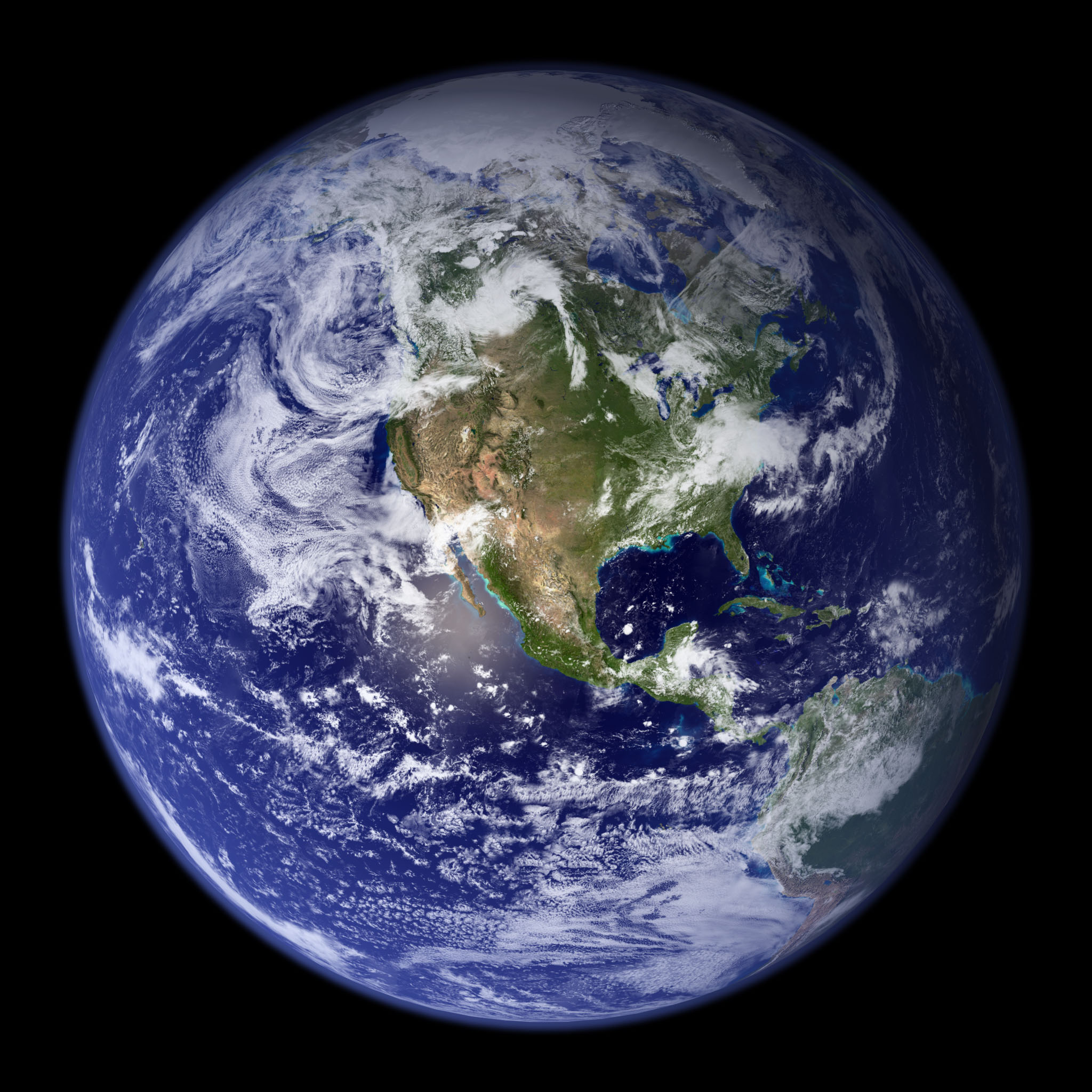In this class I have learned about many environmental issues. These include climate change, energy conservation, pollution, waste, deforestation, and resource depletion. One of the most well known environmental issues is global warming, also known as, climate change. I believe global warming is the most important environmental issue today. Evidence shows that the Earth’s temperature is rising and humans are responsible for most of these recent climate changes. When the industrial revolution happened, humans started to burn a lot more fossil fuels and released many more greenhouse gases into the atmosphere. These gases act as a blanket over the earth and don’t let energy from the sun to escape. The more greenhouse gases there are the more the planet’s temperature will increase. The Earth’s average temperature has increased by 1.4 degrees Fahrenheit since 1880. According to NASA’s Goddard Institute for Space Studies, the most recent decades have seen the greatest temperature increase. Glaciers are rapidly melting due to global warming. Montana’s Glacier National Park has only 27 glaciers compared to 150 in 1910.
With the icecaps melting and the sea levels rising, humans and animals alike will be at risk. The rise in sea levels could flood small islands and coastal cities. Wildlife that live on the Earth’s poles, and coral reefs that are very sensitive to temperature changes will also be at risk.
Things we can do to reduce global warming are to reduce fossil fuel use. This can be achieved by using alternative energy sources like solar and wind power that do not pollute the atmosphere. We can plant trees and reduce deforestation to help offset the CO2 emissions. Another thing is to reduce the amount of waste that is produced because its decomposition also releases greenhouse gases into the atmosphere. This is actually something I can do as an individual. Reducing my own waste production as well as recycling can help reduce global warming.
In this class I have learned so much about the environment and how our activity affects our planet Earth. We have done debates throughout the semester and have had field trips in which I haven’t been able to attend to at all. In class we have different activities in which it makes the class more fun. I got to know really good people in this class. This class was definitely a hand full but totally worth it!






